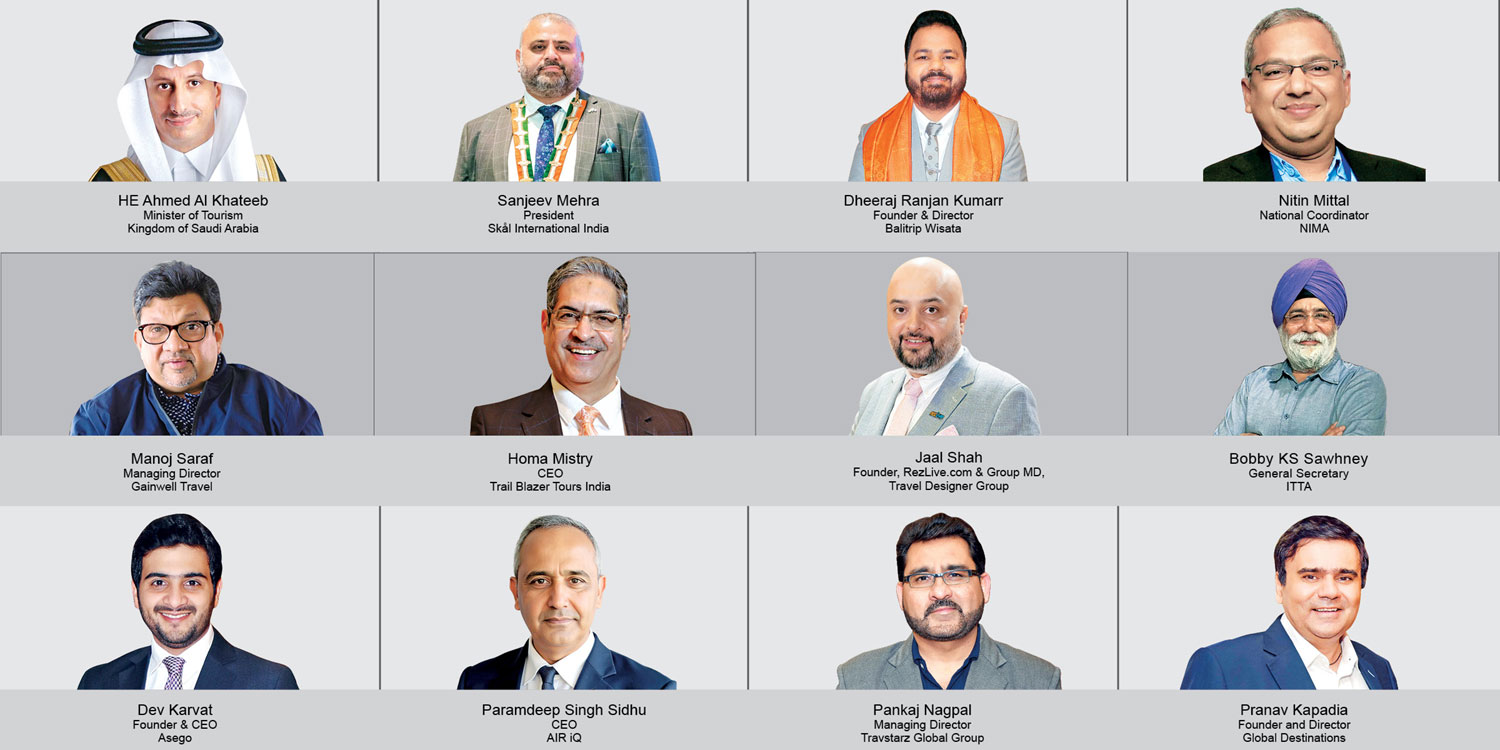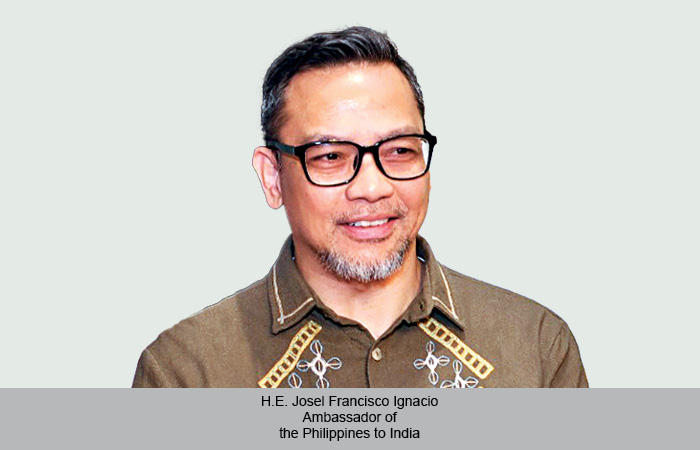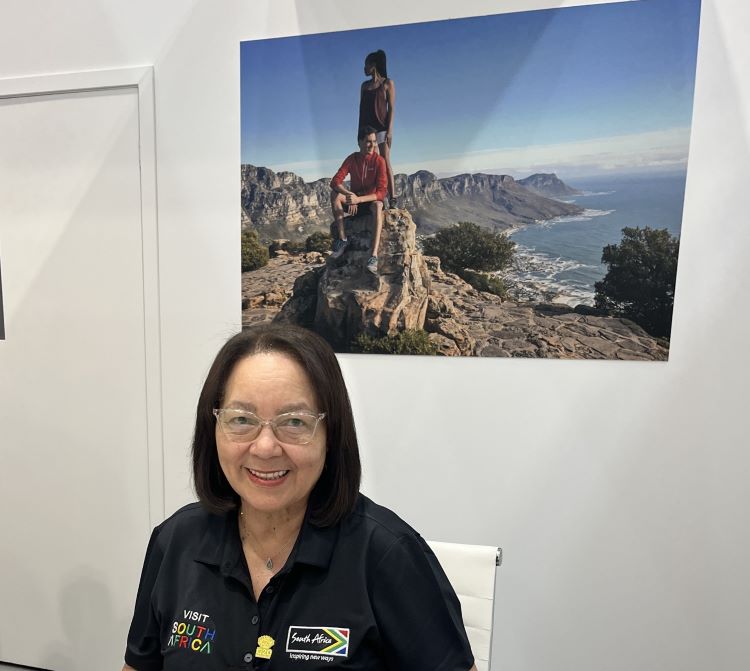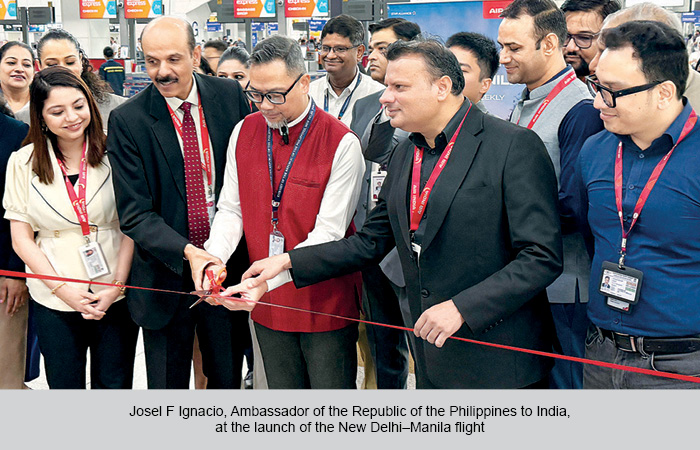After a round of roadshows across four key secondary markets in India – Chandigarh, Jaipur, Hyderabad, Lucknow , the Department of Tourism, Philippines shared insights on the development of the Indian market for the archipelago. Here’s what Glen Agustin, Officer-in-Charge – Office of Product and Market Development had to share with TRAVTALK
NIKHIL ANAND
What growth has Philippines witnessed from the Indian market in 2017?
We recently crossed the 100,000 milestone from the market here, at a growth rate of 20-22 per cent. We received over 74,000 Indian visitors at an annual growth rate of around 20 per cent in 2016. This is a substantial figure and we are hoping that the airlines take notice so that we can get direct flights between the two countries started. In addition to the airlines, we are hoping this rings bells with the Embassy of the Philippines and the Bureau of Immigration so that the visa norms can be further relaxed to facilitate influx of Indian tourists.
Please shed some light on the recently concluded PHILINDEX 2017.
Based on the recommendation of our market representatives in India, we chose Hyderabad, Jaipur, Chandigarh and Lucknow as the target markets for our sales mission-cum-roadshow. They represent feeder market for our major hubs in India and we see great potential in them to further accelerate the growth from India. The reception we received across all the four cities was incredibly overwhelming and went beyond the expected numbers. This was symbol enough for us to understand the needs and desires of the Indian travel agents and tourists to get more information about other destinations, particularly the Philippines.
Does the move to Tier-II and Tier-III markets indicate that you have saturated the Tier-I market?
Not at all! The Tier-1 market have been and will always remain our major hub. One of the reasons why we are moving into the feeder cities as well is that in the main cities, you are competing directly with about 40 NTOs. Through PHILINDEX, we have created a mega event where first, Philippines can be the main focus and we don’t have to compete with other destinations and secondly, we were able to provide information directly and let the travel trade from these markets realise that we are supporting them by holding programmes like this in their own cities.
In the current global scenario, how important is the Indian market for you?
In 2016, India overtook Germany – a traditional long haul-high spending market for us and has now jumped into the list of top 12 source markets for the Philippines. India with its sheer size, with an excess of 400 million middle and upper class people who can travel is sure to move further up the ladder in the years to come. We believe we have the potential to tap this market and even get it at par with the likes of China; all we need are direct flights. We have always enjoyed a positive feedback from the travel trade in India and are working hard to strengthen relations between the travel trade of the two countries and of course, the people to people linkages as well.
How far along are we from getting a direct flight between India and Philippines?
We have not stopped trying to convince Philippine Airlines or Cebu Pacific for direct connectivity between the two countries, ever since we took over India in 2007. Our airline industry is slightly different from the rest of the world where the nation’s government plays a big role in this sector; hence delays in realising direct flights. However, our strategy has remained to focus on growing the arrivals from India. Now with the arrivals poised to cross the 100,000 mark for the first time with an excellent growth rate, the authorities are bound to take notice of the investment opportunity at hand. We are confident of direct flights between our countries materialising very soon.
Which is the most high performing travel segment for Philippines? Has your marketing strategy undergone any change?
The market for incentive travel is really keeping us up there now. We’re averaging a little more than 8000 a month in terms of arrivals and this is generated largely by incentive travel groups coming into the Philippines. We continue to tap the leisure market; we continue to have weddings in the Philippines from India and will carry on with our efforts to tap the group segment in terms of incentive, family and leisure. We will just highlight from time to time those segments with higher potential during the certain periods over the year.
“I would suggest that the agents become Philippines specialists, identify the market, know the geographical dynamics of the destination and then capitalise on their strengths – be it weddings, incentives, family travels, honeymoon travels, etc to ensure a greater yield from the market.”
Any advice for Indian agents to sell the destinations better?
I feel that product knowledge holds the key to achieve that. A good sense of what you’re selling is an important step towards achieving revenue and tapping into the business potential of the market. If I may, I would suggest that the agents become Philippines specialists, know the market, know the geographical dynamics of the destination and then capitalise on their strengths be it weddings, incentives, family travels, honeymoon travels, etc to ensure a greater yield from the market.
 TravTalk India Online Magazine
TravTalk India Online Magazine





